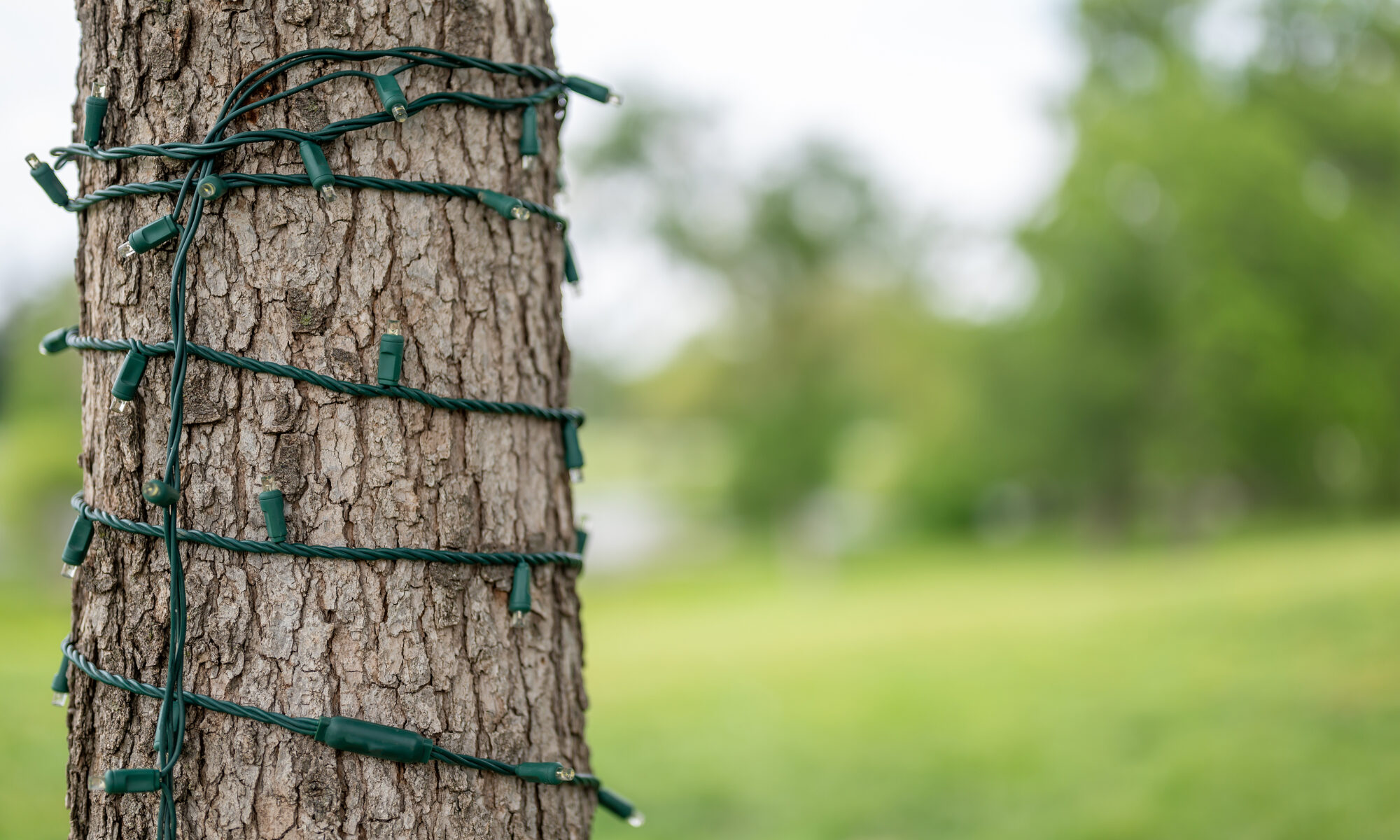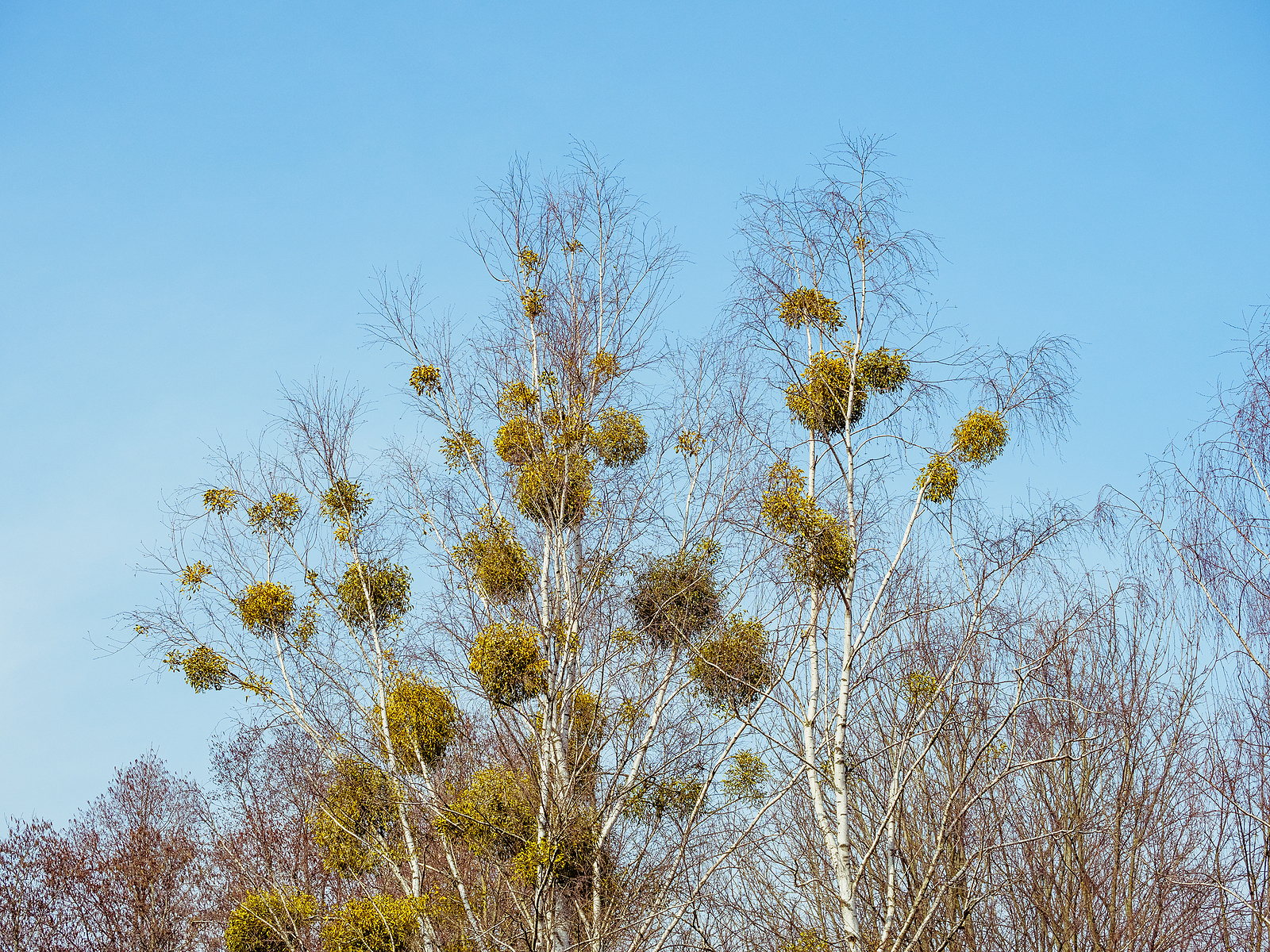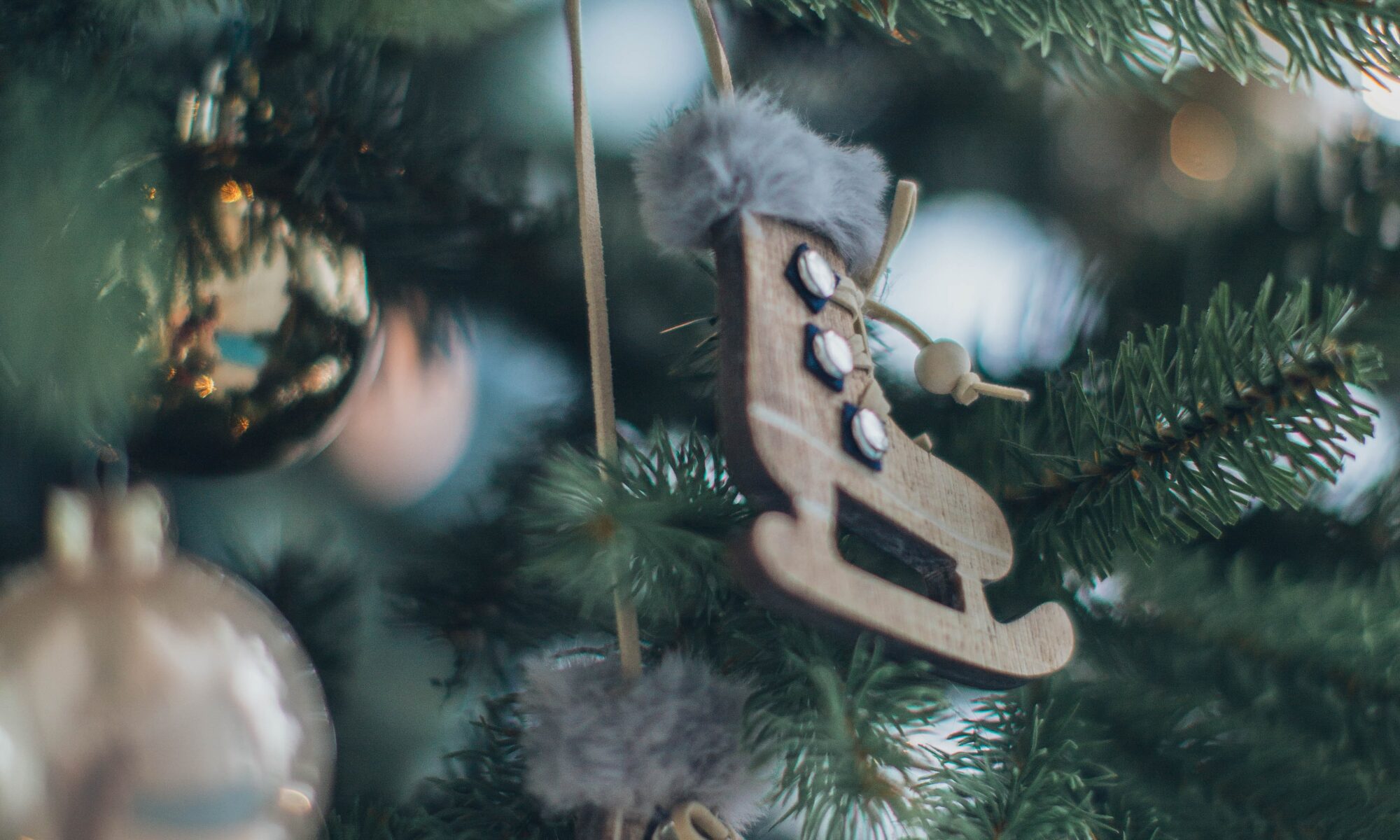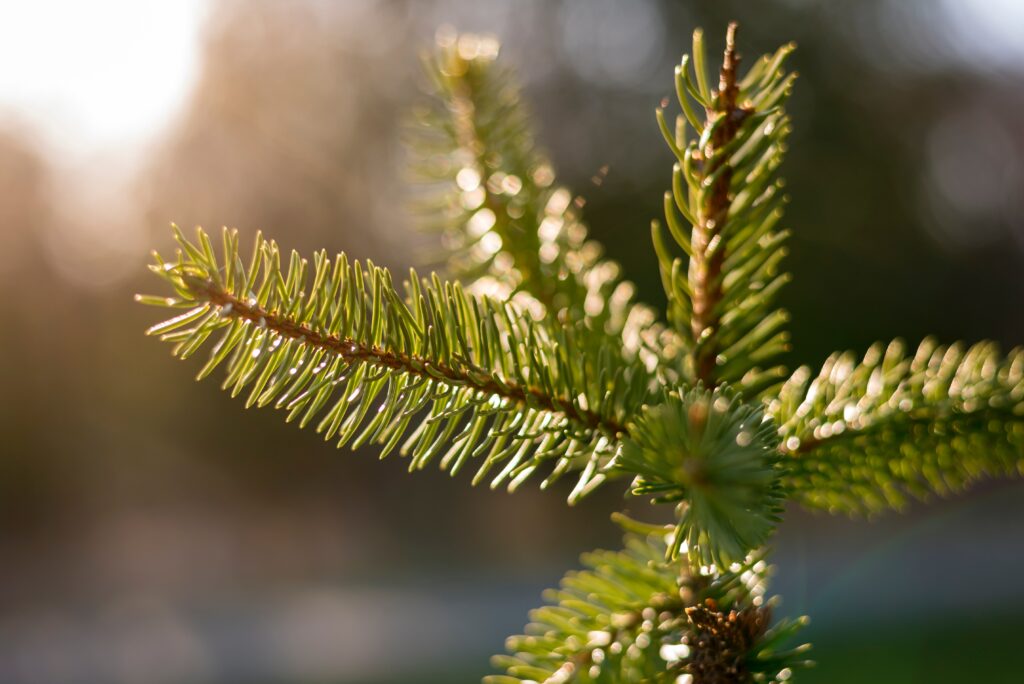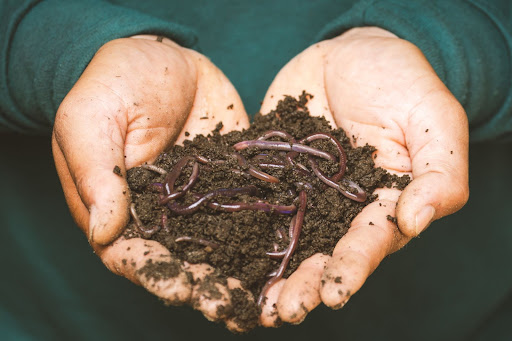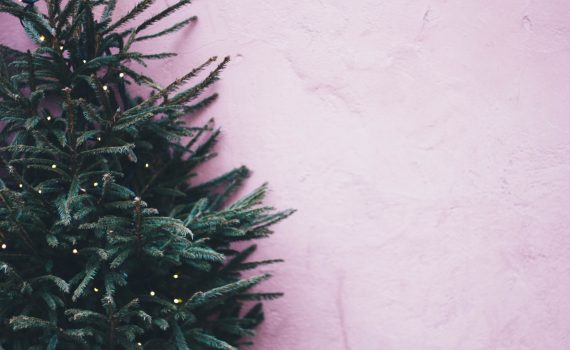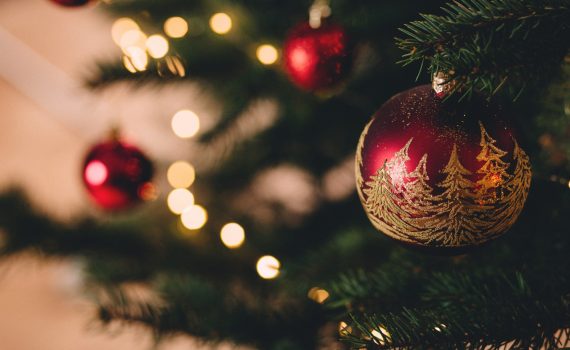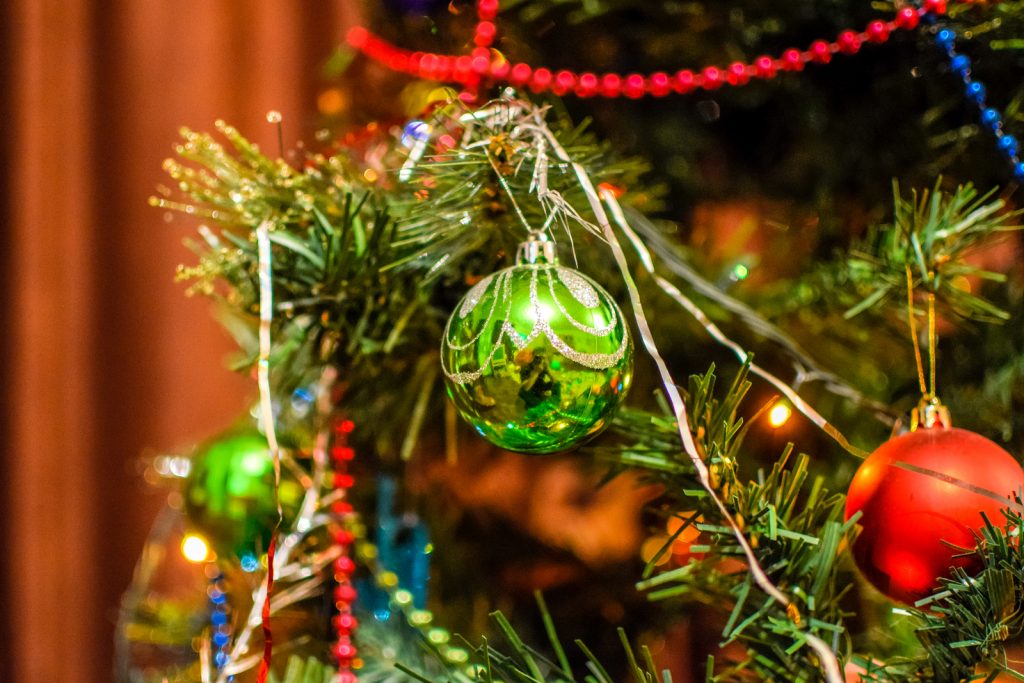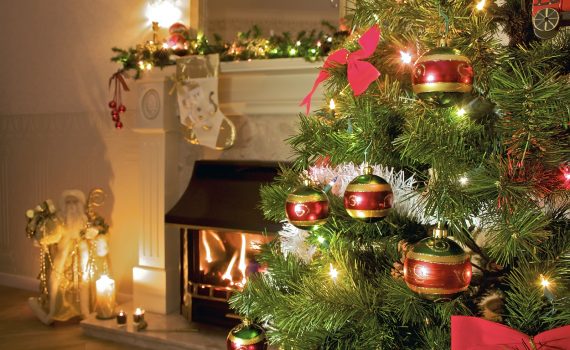The holiday season is upon us, and that means many homeowners will begin to deck their halls with festive lights and decorations. While adorning your home with twinkling lights can add a touch of magic to the season, it’s important to prioritize safety when decorating outdoor trees. Improperly hanging lights can pose electrical hazards and damage to trees.
Let’s explore how to light up your trees without lighting up a hazard.
Choosing the Right Lights for Outdoor Use
When selecting lights for your outdoor holiday display, it’s crucial to prioritize safety and durability. Here are key pointers to guide you in choosing the right lights:
- Look for the UL (Underwriters Laboratories) label. This indicates that the lights have been tested and meet safety standards.
- Use only lights that are specifically designed for outdoor use. These lights are weatherproof and have thicker insulation to withstand the elements.
- Avoid using incandescent lights. Incandescent lights get very hot and can pose a fire hazard. LED lights are a safer and more energy-efficient option.
Preparing Your Outdoor Trees for Lights
Before you start stringing lights, it’s important to take a few steps to prepare your trees. This will help to ensure that your lights are safe and secure, and that your trees are not damaged in the process.
- Inspect your trees for any damage or dead branches. Remove any damaged or dead branches before hanging lights to prevent them from falling and causing injuries.
- Ensure that your trees are healthy and strong. Avoid hanging lights on trees that are weak or have signs of disease.
- Choose a sturdy and tall ladder to reach the top of your tree. Make sure the ladder is placed on a firm, level surface and that someone is holding it steady while you are climbing.
Hanging Lights Safely and Securely
Now that your trees are prepped, it’s time to start hanging those festive lights! Here’s how to do it safely and securely:
- Start at the base of the tree and work your way up. This will help to prevent tangles and make it easier to distribute the lights evenly.
- Wrap the lights around the branches, rather than hanging them from them. This will help to prevent the lights from breaking or falling off.
- Use twist-on clips or adhesive hooks to secure the lights to the branches. Avoid using staples or nails, as these can damage the tree.
- Don’t overload the tree with lights. Too many lights can stress the branches and cause them to break.
- Mind the wildlife. Be mindful of birds and other critters that may call your trees home. Ensure your light display doesn’t disturb their habitat.
- Keep extension cords away from water sources and power outlets. Use GFCI (Ground Fault Circuit Interrupter) outlets to prevent electrical shocks.
- Turn off all lights when you go to bed or leave the house. This will help to prevent electrical fires.
Additional Safety Tips
- Never use candles or open flames near your outdoor decorations.
- Keep children and pets away from lights and extension cords.
- Inspect your lights regularly for any damage or frayed wires. Replace any damaged lights immediately.
- Unplug your lights before storing them. Store lights in a cool, dry place to prevent damage.
Potential Roadblocks & Challenges
Despite the careful planning and preparation that goes into decorating your outdoor trees with holiday lights, there are a few potential roadblocks or challenges that you may encounter along the way. Here are some common issues and how to address them:
1. Inclement Weather
Winter weather can be unpredictable, and it’s important to be prepared for the possibility of rain, snow, or ice. If the weather is particularly harsh, you may need to postpone hanging your lights until conditions improve. You can also protect your lights from the elements by using weatherproof covers or by wrapping them in plastic wrap.
2. Tangled Lights
Untangling a mess of holiday lights can be a frustrating experience. To avoid this problem, it’s important to carefully wrap and store your lights when you’re not using them. You can also use clips or hooks to secure the lights to the branches, which will help to prevent them from getting tangled.
3. Branch Breakage
Overloading your trees with lights can put stress on the branches and cause them to break. Be sure to follow the recommended weight limit for your tree, and avoid hanging lights from the smaller branches. You can also help to prevent branch breakage by gently draping the lights over the branches, rather than tightly wrapping them around them.
4. Electrical Hazards
Electrical safety is paramount when decorating your outdoor trees with holiday lights. Make sure that all of your lights are UL-listed, and never use extension cords that are damaged or frayed. You should also avoid plugging multiple strands of lights into a single outlet, as this can overload the circuit.
5. Animal Interference
Curious animals, such as squirrels and birds, may be attracted to your holiday lights. To prevent them from tampering with your lights, you can try using critter-proof light covers or spraying the lights with a deterrent, such as peppermint oil.
By being aware of these potential roadblocks and challenges, you can take steps to prevent them from happening. And if you do encounter any problems, there are usually simple solutions that you can implement to get your holiday lights shining brightly. Here are some additional tips for overcoming challenges:
- Have a plan and stick to it. Before you start hanging lights, take some time to plan out your design. This will help you to avoid making mistakes and will make the process go more smoothly.
- Be patient and take your time. Don’t rush the process of hanging lights. Take your time and do it right.
- Ask for help if you need it. If you’re having difficulty hanging your lights, don’t be afraid to ask for help from a friend or family member.
- Enjoy the process! Hanging holiday lights can be a fun and rewarding experience. Take some time to enjoy the process and appreciate the festive atmosphere that you’re creating.
When it comes to anything tree-related, team up with experts. Sexy Trees, with our expertise in tree care, can help you create a stunning and safe festive display. Let us take the hassle out of your holiday preparations.
 Bringing Sexy Back Into Your Yards
Bringing Sexy Back Into Your Yards 
